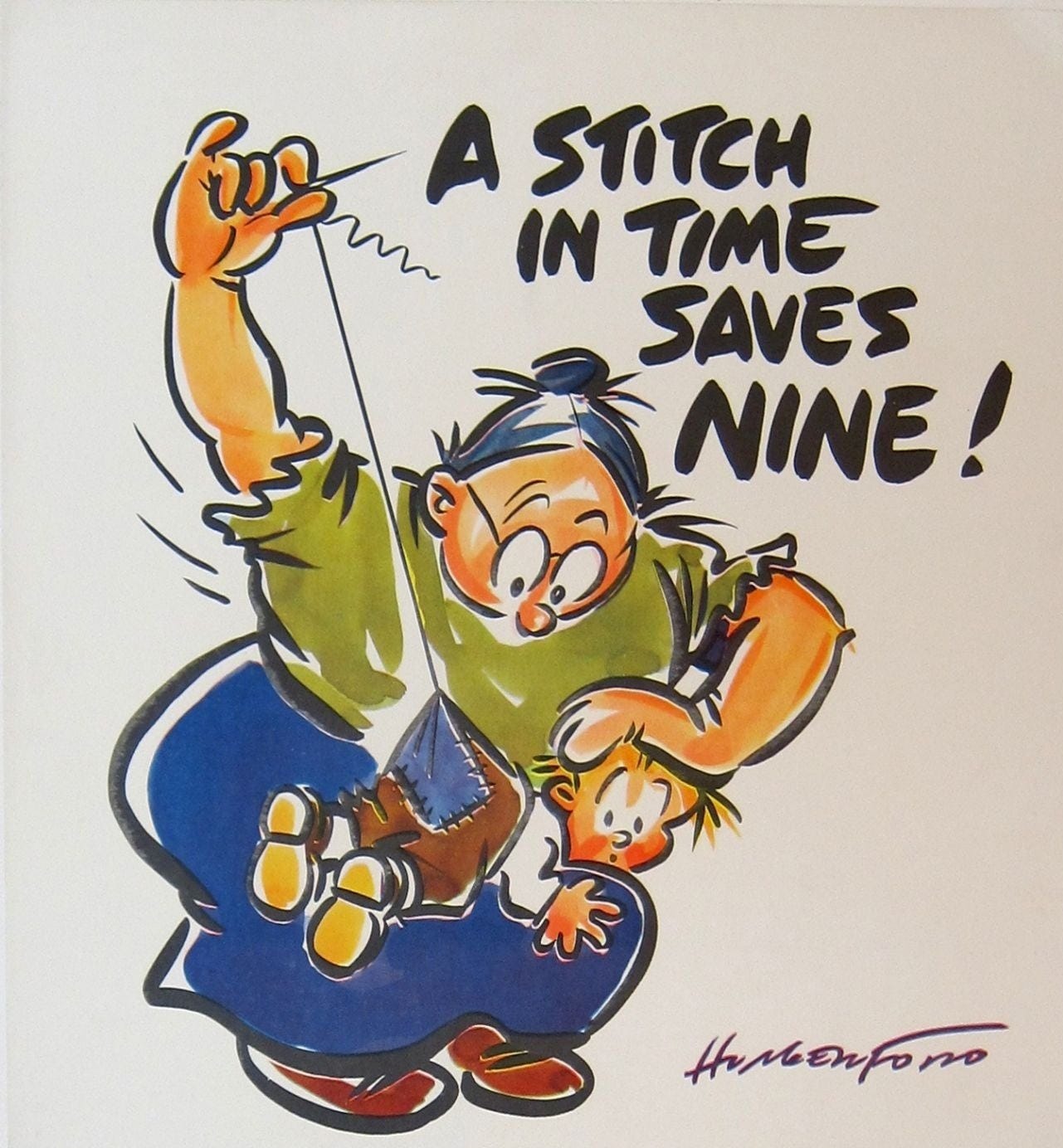Raleigh Durham, NC
(I came here yesterday to attend an Indian wedding.)
I am delighted and grateful for the feedback from readers that the thoughts that I shared in FC 214 resonated with their perceptions. I had not expected such a wide range of comments. I am sharing them though they may take up some space.
A long-time Aditya Birla colleague, S K Mitra, says: “I could connect with every word in FC214, especially about picking up a language for connecting with someone not conversant with English. My mom used to send me postcards in Bengali when I was in a hostel. I tried reciprocating which helped improve my Bengali writing skills. Much of the NextGen cannot (or is unwilling to) read or write (or in many cases speak), which is very unfortunate.”
Another long-term colleague of my Brooke Bond days, Vinod Karnik says: “Interesting write-up on communication Prasanna. Traditional ways against modern ways. New is nice and at times more efficient too yet as an old timer, for me nothing like a ‘Personal Touch’!”
Tarun Kunzru says: “Do more in less time is here to stay. Use and throw culture is the new reality. Instant gratification is the new high. Therefore, the slow romance of reading and writing has been yielding to audio-visual impact. The line dividing home and office has blurred. Working from home and sleeping in the office are both the new normal. To me, the old school guy - ‘getting home from work’ was my high!”
Lakshmi Raman says: “So many interesting strands in this edition of FC - meeting online, working from home, emojis, handwriting letters, tech for communication... I, for one, must confess that long before computers came, my handwriting had become bad due to my former work as a banker. I would write to my mother by typing the letter on my laptop and then sending her a printout. I too work from home and find it conducive at my age not having to go out to work except on occasional field visits. I quite enjoy online meetings and find that, with a little attention, it is possible to get social cues from people's expressions, tone of voice, and what they talk about. But yes, I miss the handwritten letter and the joy of opening that envelope and connecting with the written word.”
Mr Raghupathy says that: “When one receives a handwritten letter, besides being treated as someone special, it connects that person emotionally and leaves an impression lasting for a while. It would appear that emojis have taken over the real emotions and expressions between two individuals. I still relish the handwritten letters or at least the greeting cards that we used to exchange those days during birthdays and festivals. Needless to say, innovative technologies have eclipsed human emotions.”
My good friend Murali Neelakantan says: “As always it is a delight to read your blogpost every Sunday. The paragraph about judges sometimes being disconnected from the truth reminded me of the course in law school on evidence law. The focus, there, is on facts, not truth. It is anything that a judge believes to be true, based on a preponderance of probability.”
🧵 Tailor Swift
In the US there is a lot of buzz about the singing sensation Taylor Swift endorsing Mrs.Harris, the Presidential candidate. But, this post is not about her or anything connected with her. The post is also not about the tailor fish so named after its ability to cut through fishing nets with its scissor-sharp teeth. It is a no-brainer that ‘tailor’ means the person who makes, mends and alters clothes of every kind. But this post is about ‘Tailor Swift’, the tailor whose turnaround time is directly proportional to how soon the customer wants delivery of the stitched garment.
“I want it yesterday” is the refrain that you come across in every walk of life, particularly in one’s corporate life. For a tailor that’s a constant refrain. If I may put it mirthfully, everyone is in a tearing hurry to get something stitched, The tailor may stitch in time but charge nine!
As we all know, ‘a stitch in time saves nine’ originated way back in 1723. A seamstress would sew up a small rip with one stitch so that the tear doesn’t become bigger requiring nine stitches later on. Of course, the idiom is now used to impress on people that if you act timely you will save yourself a lot of trouble later on.
I noticed, while I was in Atlanta, that there is a clothing alteration outfit called ‘stitch in time’ perhaps alluding to the fact that if you get your dress altered in time, you may save yourself the money you spend on a new dress.
Tailor Swift has no lean period. When the academic term commences the students must have their uniforms stitched in time to save the fine that the school may impose. Weddings are a near nightmare for clothes of every kind. It is remarkable how he can remember which dress belongs to whom. Tailor Swift’s turnaround time is directly proportional to how soon the customer wants delivery of the stitched garment.
Going back in time to the 60s, I recall that girls needed to learn crochet, knitting and also attend tailoring classes. This was besides learning how to cook. In those days these skills were a pre-requisite for improving the prospects of marriage. I remember the groom’s side coming to see one of the marriageable girls in our family checking all the boxes and then asking if the girl could sing and asking her to sing a devotional piece.
I think the tables have turned and those extra-curricular qualifications are not required to get married though SUPW was introduced in 1978 to impart training in basic skills which included stitching. For those unfamiliar with the acronym, it stands for Socially Useful Productive Work.
My mother believed that boys should be able to do all the chores and not assume that they are meant only for girls. In my view, my mother was a first generation feminist. She made me and the other boys in the family do all the chores and insisted that we learn how to thread a needle and stitch a button.
The eye of the needle made my eyes squint, refusing to cooperate despite licking the thread and making it pointed. Well, she made sure we got that right and insisted that we fix our buttons ourselves. It is a different matter that I used to sneak up to my indulgent sister who fixed the button for me.
While I see a whole lot of men in the urban tailoring business, I don’t see many women though I gather there are many women tailors in the rural area. I also gather that some of those women took to tailoring at home to augment the family's meagre earnings. Mercifully there have been government schemes that help them acquire a sewing machine.
Tailor Swift is much in demand in places where one could get stitched a local traditional attire within 6 to 8 hours (if not less) of placing the order. Way back in the 70s, visitors to Nepal could get a Safari Suit stitched within 3 to 4 hours. All they had to do was to pay for the material, and the stitching charges and come back to collect it after doing a round of the local market. I remember going to Nepal, in 1979, for a summit and seeing many participants getting safari suits stitched for, I think,
Rs. 1500. Anyway I couldn’t afford that price at that time but my wife made me feel better by saying that I would have looked like an old man in a safari suit.
Whenever there was a small tear in a dress, the go-to person was an elderly man in a dry cleaner shop who did wonders by darning it and restoring the dress to its near original state. I don’t much see such talented darners attached to a dry cleaner these days, though I am sure there are others who undertake such tasks.
Normally, Tailor Swift undertakes stitching new clothes and does not undertake darning or alterations. You may desire Tailor Maruti to do it, but he will be swift to refuse. That said, many tailors exclusively undertake alterations and are swift in their way.
When we talk of bespoke, we are referring to something ‘tailor-made’ an expression that is used in more than one context. If an actor is cast in a role that befits him, one could say that the role is tailor-made for him. There can be any number of such examples. The market is flooded with ready-to-wear garments and bespoke garments remain the fancy of those who are keen to wear well-fitting clothes. I am not sure if jeans can ever be in the bespoke segment. Please visit this site If you wish to know more about 🔗The History Of Bespoke Tailoring: Now And Then. If you are keen to know about the history of tailoring please use this link: 🔗https://www.bardsclothing.com/editorial/the-history-of-tailoring
Sartorial elegance is what Tailor Swift can provide you with carefully crafted attire. ‘What you are is what you wear’ may be the popular sentiment but many believe that simplicity is at the heart of elegance.
Once a Britisher asked Swami Vivekananda, "Why can't you wear proper clothes to look like a gentleman?"
Swami Vivekananda smiled and said, "In your culture, a tailor makes a gentleman; but, in our culture, character makes the gentleman."
Now to end in a lighter vein:
I told my tailor I wouldn't be needing his services anymore
He said "Fine, suit yourself"Did you hear about the writer who became a tailor?
He had to make an Ernest living, the Hemingway.
I better not tell you more tailor jokes and have you in stitches :) This post is tailor-made for you, Readers. I request you to share your ‘tailor’ made experience. Until next week, take care and stay safe. Ciao.





Superb Prasanna
The suit that was Taylor Made at the time of my marriage 40 years ago, bears testimony to the fact that I had a 'V' shape as opposed to a barrel shape. The suit is a stark reminder that if you don't stop adapting and adjusting like a swift and creative Taylor you will soon be unfit for marriage. In other words, both Taylor's and Spouses have a common ongoing attitude to ensure a good fit - Solpa adjust maadi !!